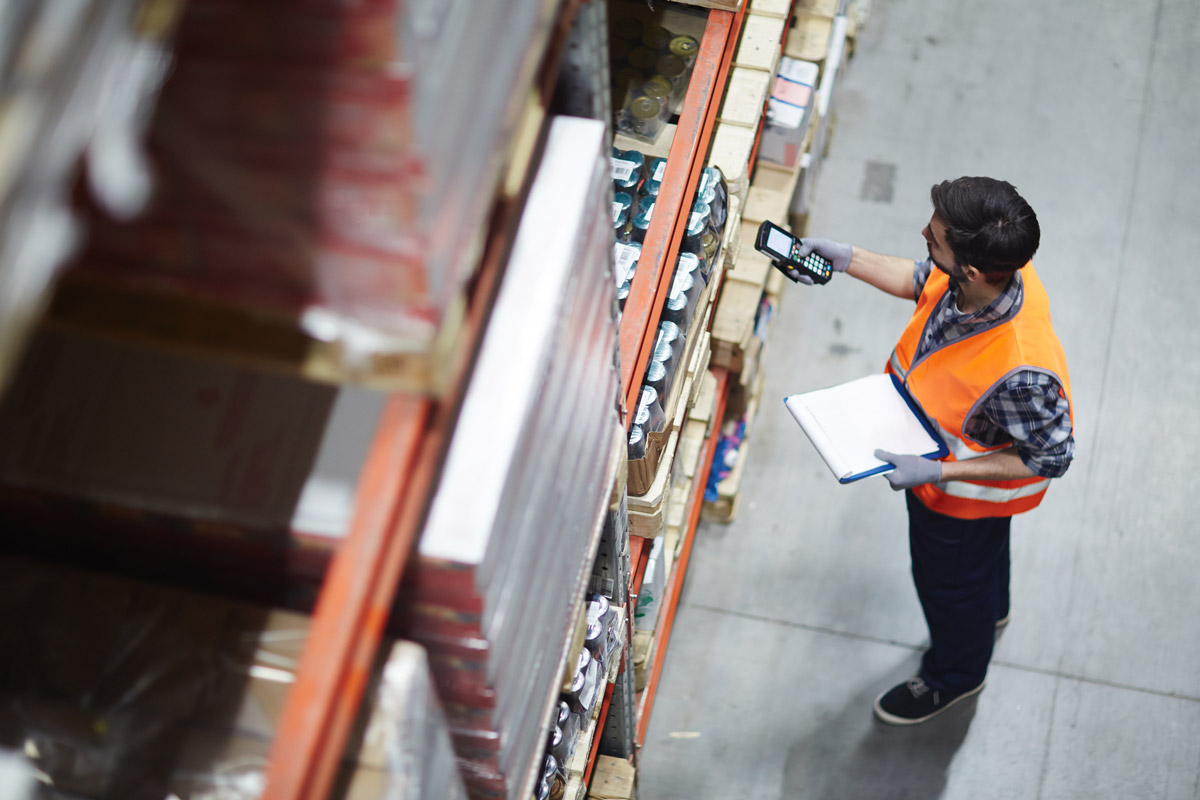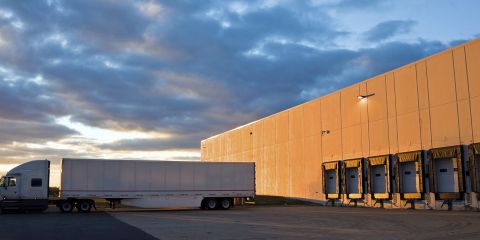
Seasonal warehousing dynamics can be as unpredictable as the weather itself. In Vancouver, these fluctuations bring about unique hurdles for warehouses that require creative solutions.
Having Enough Employees During Peak Seasons
The surge of activity during peak seasons and holiday shopping can catch many warehousing operations off guard. The influx of demand means an increased workforce is necessary to manage the torrent of inventory coming and going through the doors. However, finding capable hands prepared to hit the ground running isn't always a walk in the park—especially when you're contending with every other warehouse scurrying to do the same thing.
To address this issue, smart warehouses often establish relationships with temporary staffing agencies well before the peak season hits. This preemptive approach helps secure a roster of pre-trained workers who can augment your existing team when needed. Another effective solution is developing an enticing referral program, encouraging current employees to introduce potential hires to your operation—a means of leveraging personal networks for quality staff reinforcements.
Investing in training regular staff to handle multiple roles effectively allows for flexibility within your team's structure, ensuring that seasonal spikes do not overwhelm your staffing capacity. Cross-training initiatives also create an environment where employees understand different facets of the operation, leading to a more cohesive and adaptable workforce ready to meet any challenge.
Addressing Temperature Fluctuations During Deliveries
Vancouver is known for its wet climate and variations in temperature which can spell trouble for sensitive goods in transit. Navigating these fluctuations ensures product integrity from point A to B—a non-negotiable aspect of modern logistics.
One innovative solution involves partnering with transportation services equipped with real-time temperature monitoring capabilities during delivery. This integration enables immediate responsiveness should conditions shift unexpectedly, safeguarding inventory against adverse temperature-related impacts. Equally important is having designated receiving areas where climate control is prioritized—creating a seamless transition for products sensitive to environmental changes into safe storage conditions inside the warehouse.
Investing in thermal packaging materials offers an added layer of protection for items most susceptible to damage due to weather variations.
Irregular Deliveries and Managing Available Warehouse Space
Consumer demand ebbs and flows unpredictably, meaning that warehouses must maximize available space at all times, as space is a scarce resource that requires strategic allocation. Anticipating potential dips and rises in inventory dictates success or failure within these high-stakes walls.
One tip for maximizing storage space is utilizing vertical organization stacking strategies to create additional storage room as a buffer for sudden surges in stock or delays in dispatch or processing. Coupled with scalable racking systems that reconfigure swiftly depending on stock dimensions and volume, warehouses can ensure no square inch goes wasted even as deliveries fluctuate.
Efficient organization depends on technology, as warehouse management systems (WMS) afford visibility into real-time inventory levels across multiple locations, allowing for precise spatial planning based on upcoming consignments noted from suppliers' advanced shipping notifications (ASNs) and existing SKUs.
Additionally, adopting a just-in-time inventory approach can conserve valuable floor space and reduce holding costs by keeping stock levels lean yet sufficient to meet customer demands without delay.
Weather Based Logistical Delays
Rainy days are hardly strangers in Vancouver—a city famed just as much for its precipitation as its panoramic mountain views—which spells out delays at ports, slippery roads, and logistical headaches galore.
The antidote? Proactive communication channels across every step—from supplier to transporter—to align expectations and adapt timelines accordingly.
As a warehouse, you must establish emergency buffering plans such as alternative routes or overflow storage facilities that empower businesses to react nimbly when standard processes fall victim to weather-induced complications.
Another tactic involves using predictive analytics that surveys historical data to forecast likely pinch points due to weather events—positioning decision makers ahead rather than perennially behind curveballs tossed by seasonal storms.
And then there's resiliency built into the infrastructure itself. Weatherproof loading docks and building robust drainage systems all play vital roles in protecting operations against environmental forces intent on disruption.
Our main takeaway is clear: proactive planning, technological integration, and adaptable infrastructure play vital roles in overcoming seasonal warehousing obstacles.
By investing in these areas, businesses can ensure seamless operations throughout the year and reinforce their defenses against Vancouver's uniquely temperamental climate and market fluctuations.
The CWLA is a community of like-minded warehousing & supporting companies. We can help you generate leads, stay informed with industry news, regulations, & upcoming events. The
CWLA is open to all warehousing, trucking, co-packing, or fulfillment providers. Please contact us if you have any questions.
